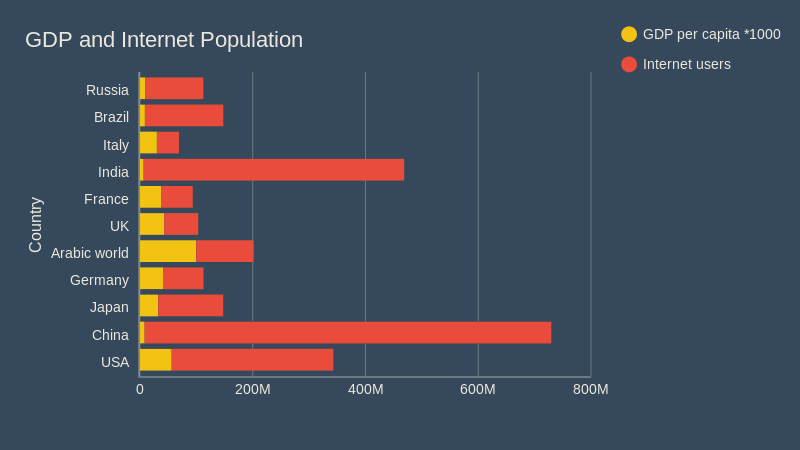Content is gold, and much of that content is in English.
However, two-thirds of Internet users browse in languages other than English. A few years ago, Harvard Business Review featured a story in regards to consumers and languages. The article produced a few very interesting facts:
72.1 percent of consumers spend all or most of their time at websites in their own language.
72.4 percent of consumers said they will buy a product when the corresponding information is presented in their language.
42 percent said they never buy products and services when they're presented in other languages.
We wanted to test the thesis and grow our audience.
Our product is an extension app available in the Chrome store.
Please note the following:
We didn't spend any money on advertising prior to testing;
We didn't write any content or otherwise promote the app;
The extension is new; we don't have any SEO or visits coming from our website;
We spent approximately $300 to translate the extension (store description, app modules, buttons etc.) into eight languages.
We published the app on the store in eight languages on 23 October, and you can see the number of downloads daily.
Here are the results.

Adding more ideas here, you can read the article from Neil Patel about translation.
Okay. So, let's say you want to test this and localize your web page, app or content into other languages. The objective is to grow your visits, downloads, get into new under served markets. What should you do? How can you maximize the results?
This is the information to follow:
1. Localize top-performing content in top-speaking languages. Identify the content that performs best, or, if this is an app, then determine the countries in which your users live. Who would be interested in what you do?

Hint: Most popular languages for mobile users have graphs.
Source: https://gigaom.com/2011/11/25/419-ios-download-stats-for-china-show-the-importance-ofapp-localization/

Most popular languages for website users' graphs.
Source: http://www.internetworldstats.com/stats7.htm
Did you know that IBM and Microsoft get their 70 percent revenue from non-English speaking countries? If you translate the top 10 languages, you cover almost 80 percent of the market. You need to peak 10 languages.
More data:

We will choose the Number of users + GDP by country.
Here are the top 10 most profitable languages:
1. English
2. Chinese
3. Japanese
4. German
5. Russian
6. Portuguese
7. French
8. Italian
9. Spanish
10. Arabic
Source: http://www.reverbeo.com/top-ten-most-profitable-languages/
2. Offer local phone numbers. Use a Skype number or other address with a similar service. It isn't necessary to open offices in those countries, but a local number will convey your connection to the community. Hire a customer-service freelancer or in-house employee who knows the language. Often you don't even need that, if it is an app or a simple e-commerce product.
3. Select translation service with care, avoiding machine translation or a less-qualified Odesk network. Also, a local agency won't do much, and a large translation company may be slow and expensive. You can try TRAVOD, a leading on-demand translation service and professional network. TRAVOD -- with a network of 25,000 professional linguists -- translates into more than 100 languages.
(Disclaimer: I'm the cofounder of TRAVOD.)
4. Use economy of scale. You can leverage discounts and reduce the costs of management. All the effort done for in regards to one language can be leveraged for others as well. Once you decide to pursue global scale, you can negotiate a better price for more languages.
5. Words matter. Set clear expectations with your translation provider. Send styles and glossaries, marketing playbooks, tone, etc. Be sure your message is constant across the different languages and continents.
6. Measure your results. After all, if it can't be measured, then it doesn't exist.
Define your metrics:
Revenue vs. translation cost (N# of words*cost per word + project management).
Conversion rate Traffic (by country and language).
Market share.
Number of new customers.
For more information, read this article on ROI in translation: Translation is amongst the best-kept secrets, and few people make use of it.
Give it a go.
Whether you decide to go global or not. Try it, and test it. It doesn't cost very much to experiment, but the opportunity is where the market is less crowded. Measure the results.
